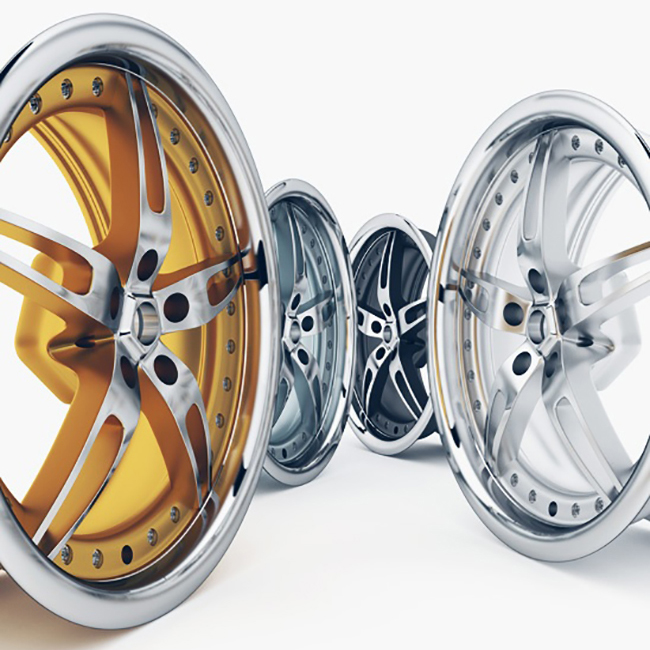નવેમ્બર . 16, 2024 23:10 Back to list
2 inch hydraulic cylinder seal
Understanding 2-Inch Hydraulic Cylinder Seals Importance and Types
Hydraulic systems are integral to numerous machines and applications, ranging from construction equipment to manufacturing machinery. A crucial component of these systems is the hydraulic cylinder, which converts hydraulic energy into mechanical force. However, for optimal performance, the integrity of the hydraulic cylinder's seals is vital. Among various sizes, 2-inch hydraulic cylinder seals are particularly significant due to their widespread usage in diverse applications. This article will explore the importance, types, and selection of 2-inch hydraulic cylinder seals.
Importance of Hydraulic Cylinder Seals
Hydraulic cylinder seals serve several essential functions. Primarily, they prevent hydraulic fluid from leaking out of the cylinder, ensuring efficient operation and optimal power transfer. Additionally, these seals protect the internal components of the cylinder from contaminants such as dirt and dust. When seals fail, it can lead to a loss of pressure, reduced efficiency, and potential damage to the cylinder, resulting in costly repairs and downtime.
Furthermore, the reliability of a hydraulic system is largely contingent on the quality of the seals. Seals undergo various stresses, including high pressures, extreme temperatures, and chemical exposure. Thus, choosing appropriate seals that can withstand these conditions is paramount.
Types of 2-Inch Hydraulic Cylinder Seals
There are several types of seals used in 2-inch hydraulic cylinders, each designed for specific functions
1. Rod Seals Rod seals are installed at the cylinder rod end and are crucial for preventing fluid leakage from the cylinder while allowing the rod to move in and out. Common materials include polyurethane, which offers excellent wear resistance and durability.
2. Piston Seals Piston seals sit between the cylinder wall and the piston, ensuring that fluid pressure pushes the piston effectively. They must accommodate high pressures while maintaining low friction for smooth operation. Teflon-based seals or composite materials are often used to enhance performance.
3. Buffer Seals These seals act as a cushion to absorb shocks and prevent sudden pressure spikes that could damage the main seals. They enhance the overall longevity of the hydraulic cylinder.
2 inch hydraulic cylinder seal

4. Dust Seals Dust seals are designed to keep contaminants out of the hydraulic cylinder. They work in conjunction with other seals to protect the internal components, ensuring that foreign particles do not lead to premature failure.
Selecting the Right Seal
Choosing the right seal for a 2-inch hydraulic cylinder involves several considerations
- Material The seal material must be compatible with the hydraulic fluid and resistant to degradation from temperature fluctuations and external contaminants. Common materials include nitrile rubber, polyurethane, and fluorocarbon.
- Pressure and Temperature Ratings Different seals are rated for various pressure and temperature ranges. It is critical to choose a seal that can withstand the maximum operating conditions of the hydraulic system.
- Shaft and Cylinder Specifications Ensure that the seal fits correctly with the dimensions of the cylinder and rod. An improper fit can lead to leaks and system failures.
- Operating Environment If the hydraulic cylinder operates in harsh environments (e.g., extreme temperatures, exposure to chemicals), it may require specialized seals designed for those conditions.
Conclusion
In conclusion, 2-inch hydraulic cylinder seals play a vital role in the efficiency and reliability of hydraulic systems. Understanding the types of seals, their functions, and selection criteria helps ensure optimal performance and longevity. Proper maintenance and timely replacement of seals can lead to improved hydraulic system reliability, reduced downtime, and significant cost savings in the long run. By prioritizing seal integrity, operators can ensure that their hydraulic systems function smoothly, effectively supporting their operational needs.
-
TCN Oil Seal Metal Ring Reinforcement for Heavy Machinery
NewsJul.25,2025
-
Rotary Lip Seal Spring-Loaded Design for High-Speed Applications
NewsJul.25,2025
-
Hydraulic Cylinder Seals Polyurethane Material for High-Impact Jobs
NewsJul.25,2025
-
High Pressure Oil Seal Polyurethane Coating Wear Resistance
NewsJul.25,2025
-
Dust Proof Seal Double Lip Design for Construction Equipment
NewsJul.25,2025
-
Hub Seal Polyurethane Wear Resistance in Agricultural Vehicles
NewsJul.25,2025
-
The Trans-formative Journey of Wheel Hub Oil Seals
NewsJun.06,2025
Products categories
















